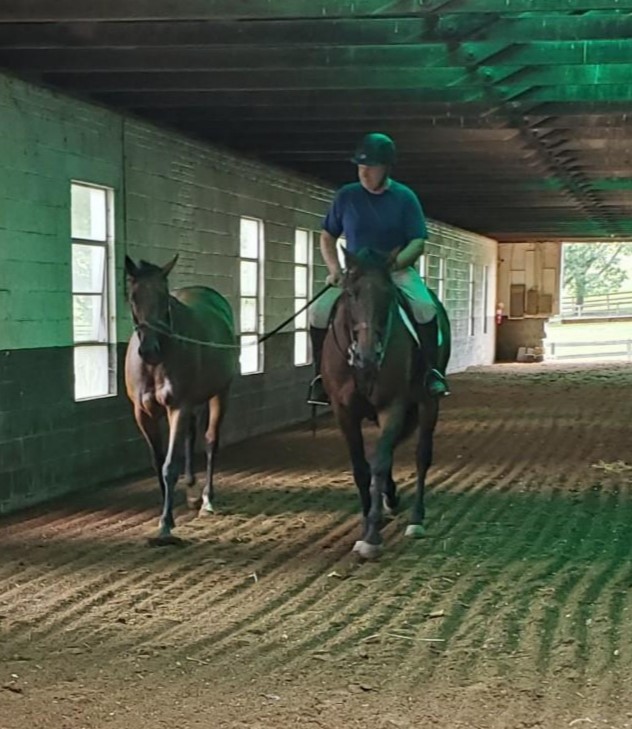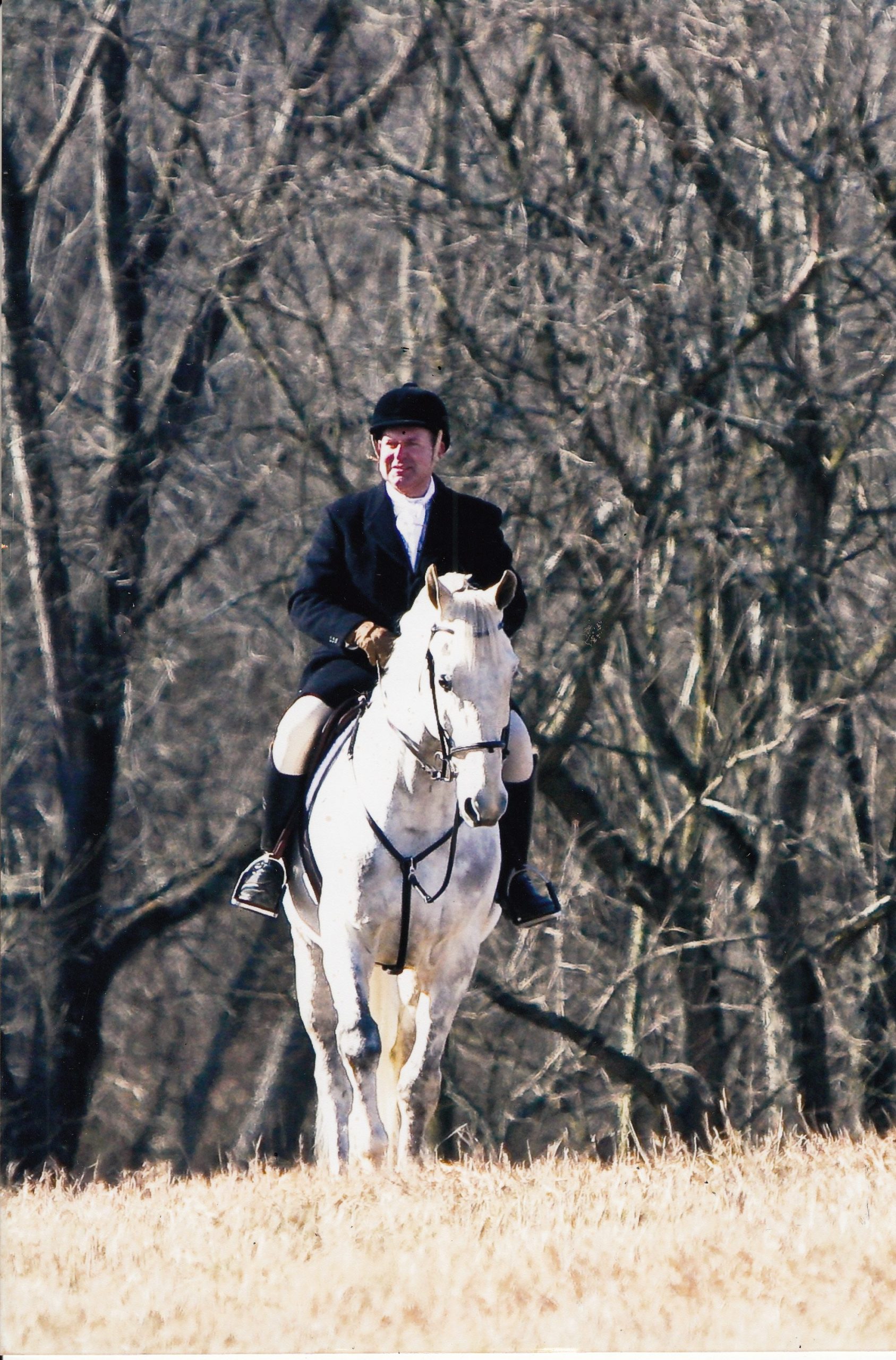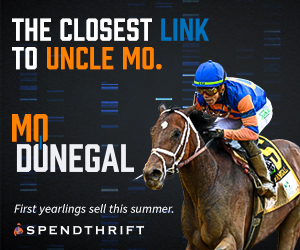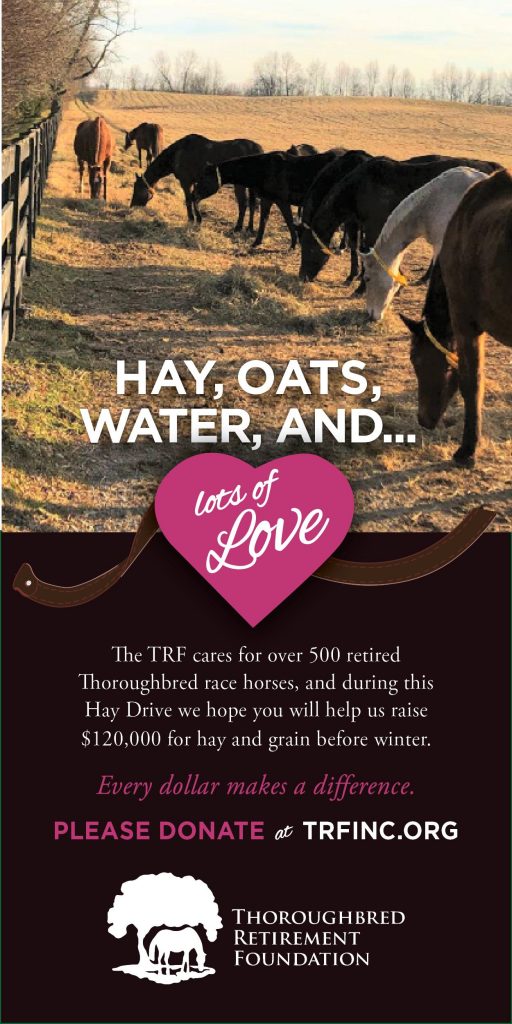
by Phil Thommen
My passion and interest in horses and the racing industry started when I was a child. I have fond memories of going to many of the local area horsetrack venues with my family. It is the place where the seed was planted to begin my career. I am writing today because I am concerned about the state of the horse racing industry. Not only for the many lives that this is impacting, but most importantly, the health and well-being of our most important commodity – horses.
In fields of science and law, experts follow a chain of evidence to document and support their conclusions. That chain of evidence in these cases is cumulative linking the causes and effects that have played out over the last half of a century. We find ourselves with the consequences of horses in poor health and an industry, on the edge of collapsing because of conditions that started back many years ago. The facts are real. Many horses who were purchased as racing stock never made it to the starting gate; horses today have fewer starts than they did even a decade ago; and the fields we are seeing are becoming smaller and without betting sometimes. The question we need to collectively ask is why?
Let’s roll back the tape and follow my chain of evidence for why we are here today. Then, I would like to provide a path forward for how we can pivot and change the industry we all love.
First-hand experiences
My first real occupation in the horse industry and the development of my skills was as a farrier. I was able to understand some foundational principles of how to manage good hoof care and shoeing that allowed horses to travel better and move faster. Consequently, there was success at the track for the horse owners and I was able to prove and document my approach year after year.
In the mid-1990s there was a major change in the horse feed industry. By the late 1990’s I was treating laminitis cases with great success using an ointment developed by a biotech company. I was also doing data collection on each equine, along with hair analysis, blood panels and more. Gathering data and developing timetables connected to several key factors – vaccinations, wormers, and types of feed. The data I was getting back from the hair analysis lab helped me to better understand and manage those under my care. There was also an emerging pattern beginning to form regarding side-effects.
In looking closer at the issue of the horses who were dying from aflatoxin poisoning there is a common thread linked to the commercial horse feed being fed. There were approximately 30 brands of commercial feed that were being marketed under different names that contained peanut hulls. Dr. Eleanor Kellon, DVM who wrote in the Horse Journal back in the 1990’s and 2000’s discovered the peanut hull issue and the link to aflatoxin poisoning. The results of the feed also manifested in mares “red-bagging” / aborting their foals, deaths, and hind end issues in horses. I sadly experienced these issues firsthand with many in the industry.
Feed and Effects
In 1999, I was at a transition point in my career. I started working on developing a product to address laminitis. In building a client base managing laminitis, I started to come across several side effects that could be linked to triggering laminitis. My investigation and observation led me to consider several key factors to include horse feeds, wormers, and vaccinations or the cumulative effects of each one. How were these factors in combination or separately affecting the general health and immune system? Might these be the key elements of why today we are seeing so many horses breaking down with neck and hind end issues?
It was about this time that I also elected to change from the commercial feed available on the market to a more natural diet with a “supplement” that I had developed for my clients and saw some remarkable results. I have historical information and data from the past two decades that can substantiate the positive effect of changing the horses’ diet and improving their health and hoof care.
In 2009, I raised concerns with Bob Trussell, who was an outspoken critic in the industry at the time, about rising vet cost and inferior hoof care with my brethrens supposed poor farrier skills. I explained that hoof care was going to be increasingly difficult to manage because of the changes in the way horse feed was being processed. The enemy was inflammation that was playing out with distorted hoofs and the need to re-shoe the horse every 2 weeks. This coupled with the increase in required vaccinations, manifested itself affecting the integrity of the hoof capsule. The evidence of these factors reared their heads in fever rings, abscessing and ultimately increased shoe loss.
These same factors that were brought to the forefront in 2009 and to the attention of the Lameness Roundtable. A chain of evidence is starting to formulate but not yet fully recognized. It is evident something is not right.
The Future
July 1 has come and I am writing this at a pivotal time when those in the position of authority are making decisions that will change the face of the horse racing industry. I am compelled to bring this issue forward because we do need to have a change in direction. As owners, trainers, farriers, and track workers, the Horseracing Integrity and Safety Authority (HISA) rules could strip us of the treatment tools that we need. The HISA rules are not the steps we need to take right now. It will continue to lead us down a path that we have been following for the past 40 years.
First, we need to take a couple of initial steps beginning with getting the current stock healthy. That is going to take time and will necessitate a change in how we do business. Second, our breeder and young stock programs also need a change of direction. I am going to follow-up in my next article about how I have taken prudent steps to start my own program of raising young proven racing individuals and steer clear of many of these issues (obstacles) that have devastated our industry.
The real discussion should be about Neuro/Muscular Lameness, Limb Deformities and Laminitis and the true “Cause and Effect on our horses racing soundness.
Stay tuned.
Photo of Phil Thommen with on of his yearlings in his barn courtesy of Phil Thommen.

Philip E Thommen has been shoeing horses for over 45 years. He served a 3 year apprenticeship in the International Union of Journeymen Horseshoers in the late 1970’s
Beginning in the 1980’s, Phillip shod horses at Florida, Maryland, Delaware racetracks. He worked under contract for the Maryland Jockey Club and serviced the Preakness Stakes for over 16 years.
Prior to his days on the racetrack he trained to shoe many disciplines such as show hunter/jumpers, dressage, eventing and fox hunting. Philip continued to further his knowledge of his trade during his time at the racetrack.
Building a niche market of managing complicated lameness cases for sport & racing horses, Philip successfully managed Laminitis Cases since the early 2000s
Philip has slowed down in his shoeing to manage a group of Broodmares, Yearlings & Racing Stock. He also currently operates TDF at Glade Valley Farm, a Division of TDF Farrier Science, LLC
.



